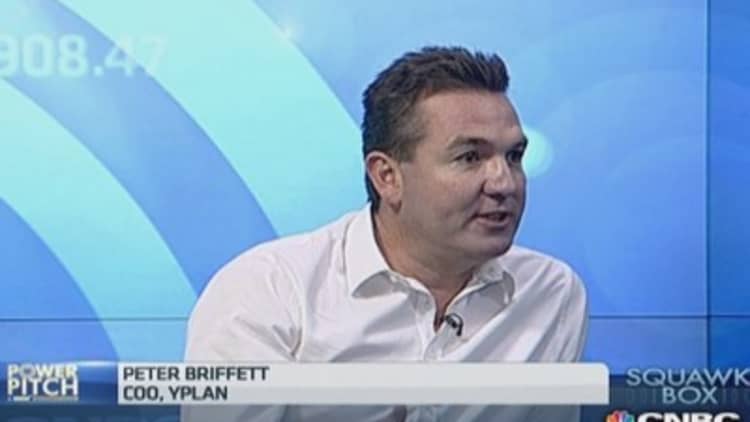It's the question all apps developers have to grapple with: to charge or not to charge? Paid apps rake in the revenue, but have to battle with limited demand; free apps get the downloads, but how do you generate the revenue?
There is a middle way: in an effort to both attract users and boost revenue, a growing number of free apps are now offering in-app purchases – known as the freemium model.
Read MoreA start-up's guide to getting investment
It's an idea that has already gained a lot of fans. In January 2014, some 79 percent of total revenues on Apple's App Store were generated in the U.S. by freemium apps, according to analytics company Distimo. By contrast, paid apps generated just 17 percent of revenue over the same month.
Keyboard app Swiftkey is the latest big-name app to move from paid to freemium. For three years, the app had a 30-day trial after which users had to pay. Last week, it announced the core functionality would now be free, with customization coming at a cost.
"If you are a paid app, you can generate good revenue, but there's a large subset of users that you won't ever be able to reach because they just won't buy apps," Ben Medlock, co-founder of Swiftkey, told CNBC.
"Now, for us it's all about getting the technology out as widely as possible. We've proven the value of the app – now it's about scale."
For Alexander Selegenev, executive director of TMT Investments, which invests in apps and other Internet-based companies, this scale is key.
"In one word, it's all about growth," he told CNBC. "The number of downloads an app has is crucial when it comes to investing."
Free for all?
But despite the revenue-boosting potential, some apps are turning their back on both the paid and freemium models, choosing instead to offer their apps for free.
One such company is Shazam, the music and media identification service, which Executive Chairman Andrew Fisher said had "pretty much executed all the models."

It started, in 2002, as a paid-for app and became free six years later when the iPhone was launched.
"But then we realized there was only $1 billion being spent on mobile advertising that year for all the apps that were on all the app stores – there just wasn't enough money to go around," he told CNBC.
It switched the freemium model, and – in response to a growing mobile advertising market - is now free once again.
"In the end, we realized we wanted to build a media business," he said. "They're driven by audience and free is a great model for pushing up audience."
Monetization dilemma
Investor Selegenev said app developers faced the "dilemma" of when – and how - to start making money from it.
"If an app has strong initial growth and they start to monetize too soon, they will kill that growth," he said. "They will kill the viral effect."
He highlighted leading apps Facebook, Linkedin and Pinterest as examples of caution when it comes to charging customers.
"It may seem surprising, but we would always prefer an app with millions of downloads, as opposed to a smaller, profitable app," he said.
'It's worth it'
Not all app developers are convinced that free is the answer, however.
Dan Gray, executive producer at app design studio ustwo, said the decision to charge $4 for the game Monument Valley was an obvious one.
"One of the cornerstones of the game is keeping the user engaged," he told CNBC. "We don't want to distract them with optional, paid-for content."
In May, ustwo said downloads on the App Store alone had hit 500,000 in just over a month, although Gray admitted that downloads would be hit as a result of the cost.
"By charging, you're resigning yourself to the fact that you will always have a smaller audience that free apps," he said. "But we think the game is worth it."
Shazam's Fisher was keen to highlight, however, that developers can always switch business models - but the choice is in no way an easy one.
"It's huge, it creates a lot of anxiety," he added. "You're making decisions with limited data. But it can be such a fast moving market, and you don't want to be left behind."
—By CNBC's Katrina Bishop


